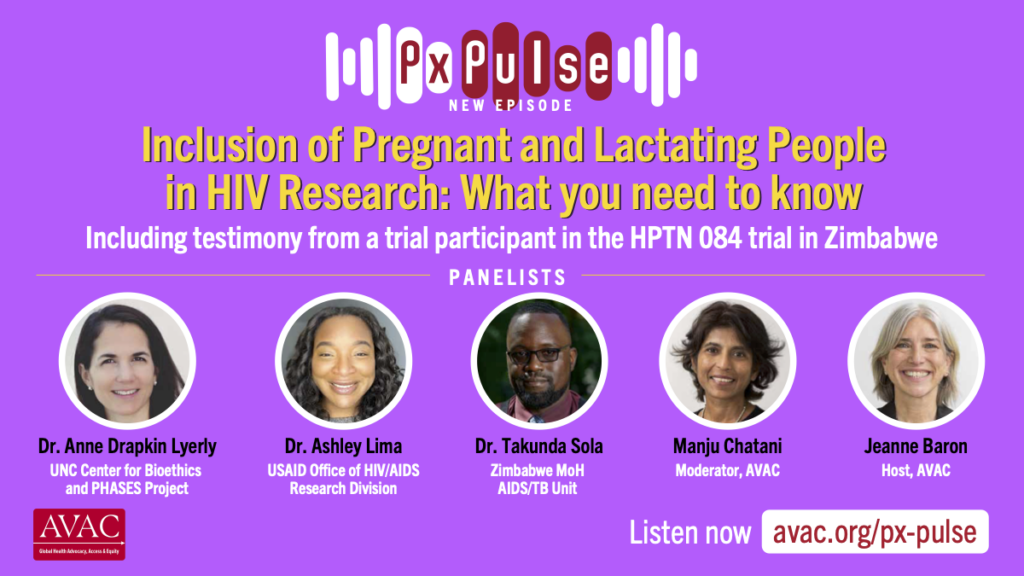Today, on Transgender Day of Remembrance (TDOR), as communities across the globe memorialize trans and gender nonconforming (TGNC) people targeted by violence and state-sanctioned bigotry, AVAC honors the trans community—those lost and those among us. We are committed, now more than ever, to fight these ongoing injustices and support TGNC advocates to lead on issues facing their communities.
Riding the momentum of the release of the No Data No More Manifesto and the Trans-Inclusivity Scorecard, AVAC is relaunching TG ROAR, a program from our larger PxROAR initiative, dedicated to supporting TGNC HIV advocates in Eastern and Southern Africa. The new eight-member cohort will campaign for trans-centered, HIV research and service delivery while addressing the social, political and economic barriers that all too often stand in the way.
Crimes against TGNC are on the rise as are rates of HIV incidence in trans populations. TGNC face unique barriers to testing, adherence to pre-exposure prophylaxis (PrEP) and maintaining viral suppression. Without meaningful trans inclusion in advocacy efforts there will be no epidemic control.
Learn more about AVAC’s new cohort of TG ROAR advocates here:

We continue to fight for transgender rights and invest in TGNC leadership to create a more equitable and just future for all.

